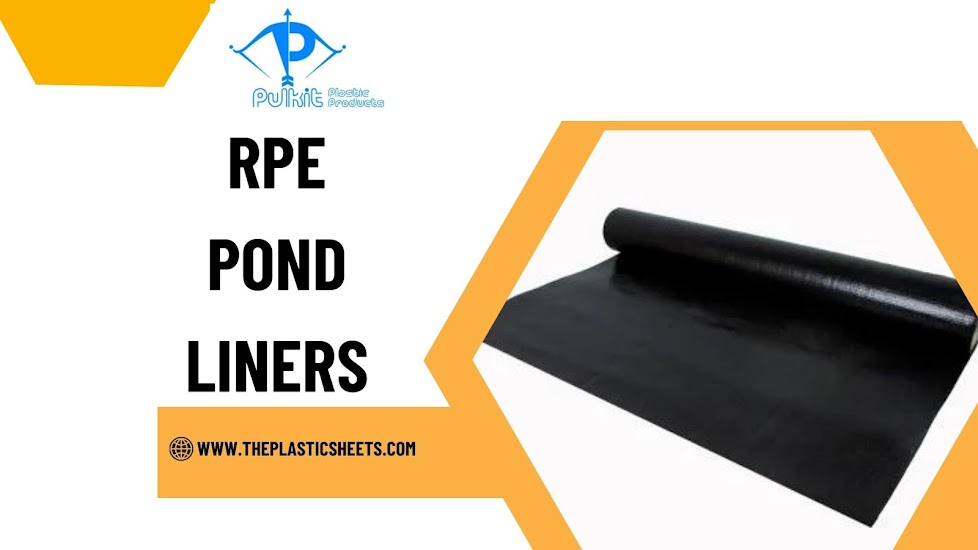The Uncontested Monarch of Water Holding: Why HDPE Dominates for Pond Liners

Constructing any pond, whether it's a peaceful backyard oasis or a commercial aquaculture facility, hinges on a single single irrevocable item: the liner. That invisible wall keeps water from seeping out, holds the integrity of the water, and gives the support for the stability of the entire aquatic world. Whereas many materials compete for this vital function, HDPE sheets are still number one. They are accompanied by a range of performance attributes that fewer, if any, of its alternatives can compete with. Its strength and versatility have made it the first choice material for long-term water storage reliability. Unmatched Strength and Puncture Resistance While softer, more pliable materials are easily punctured, torn, and abraded, HDPE possesses an exceptional resistance to these forces. This is the one quality most vital to pond liners, which are subject to a variety of stresses on a continuous basis: the abrasive edges of rocks in the subgrade, the tenacious encroachment of t...










